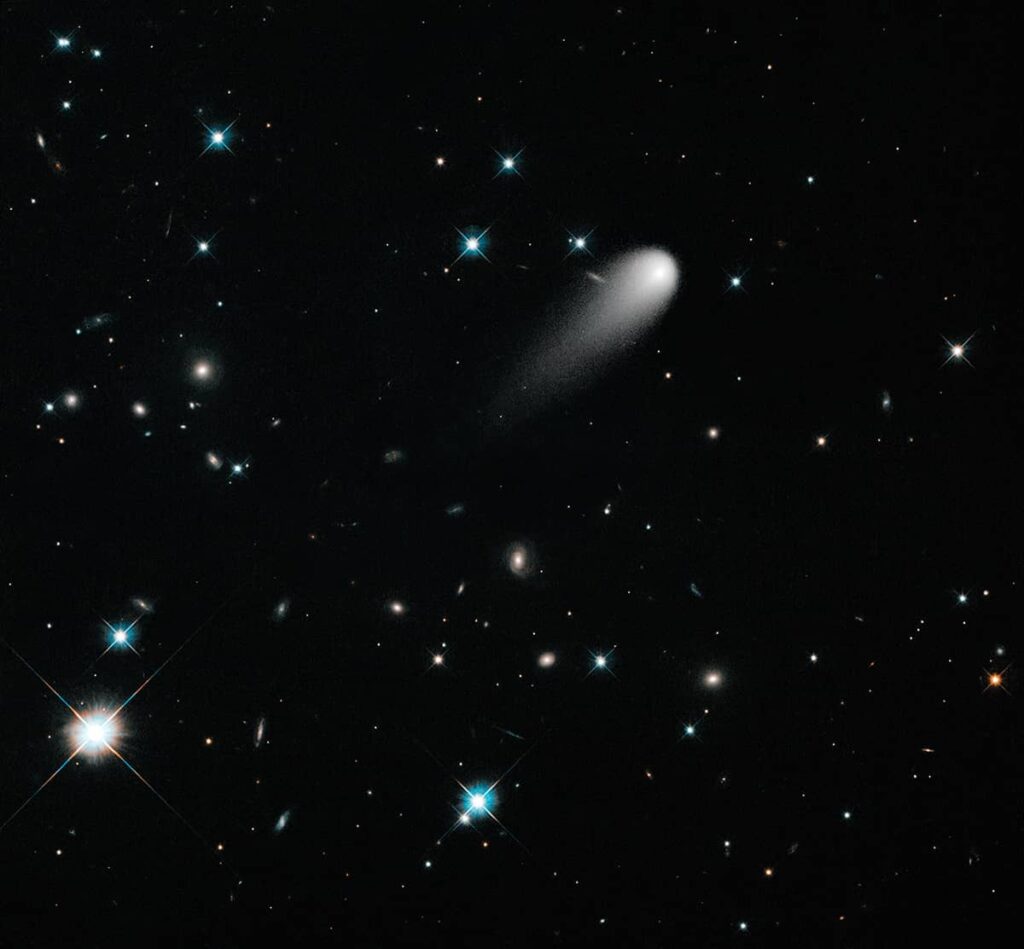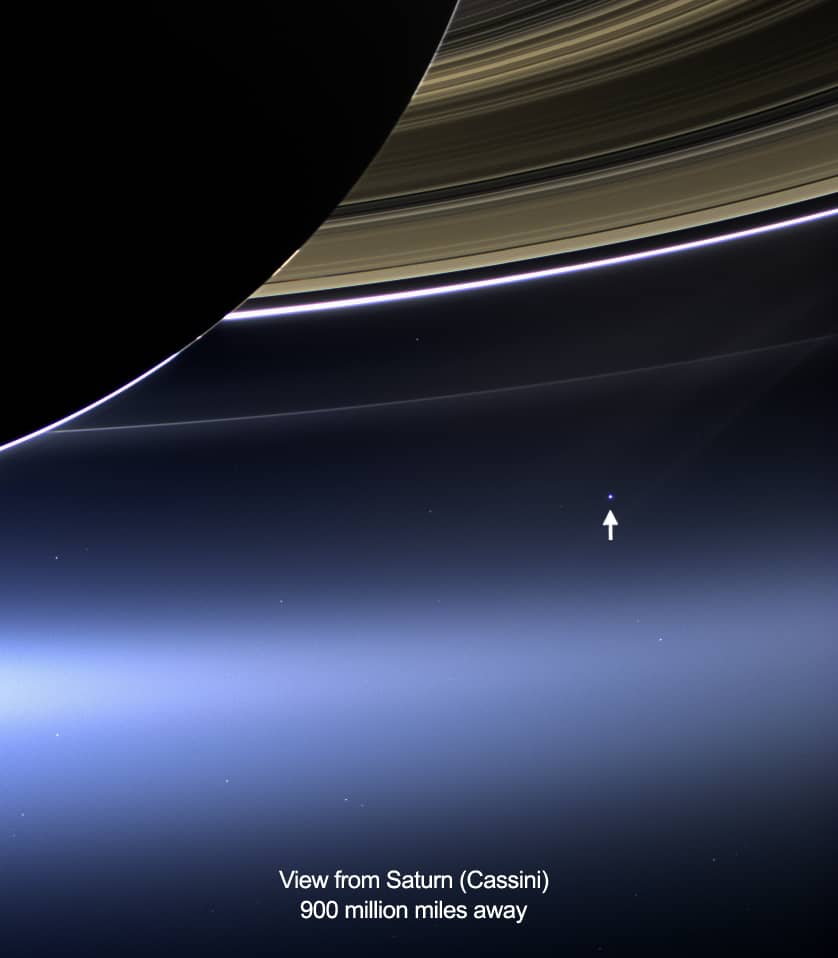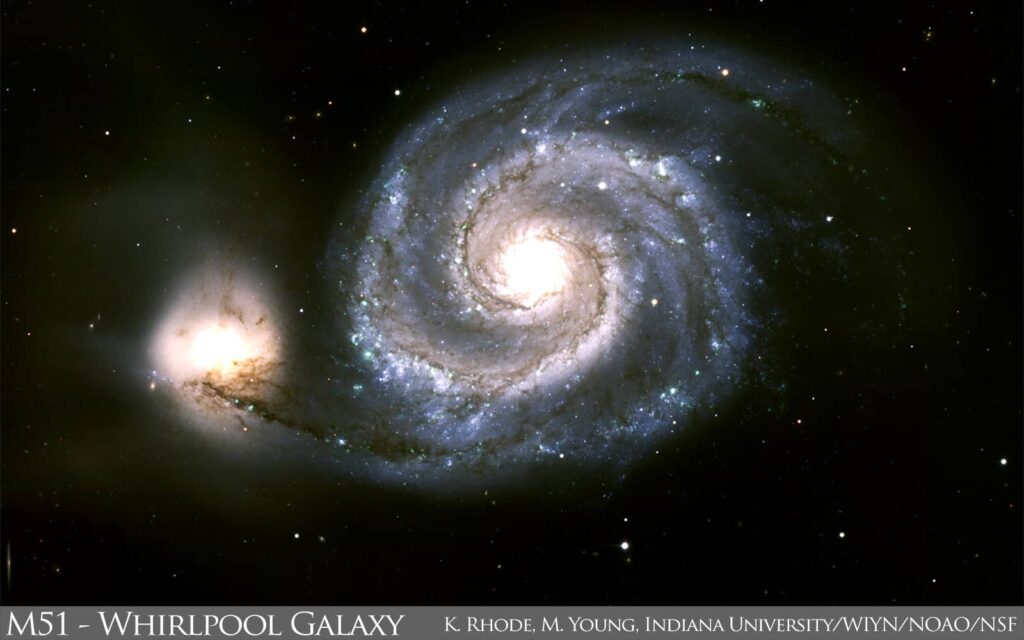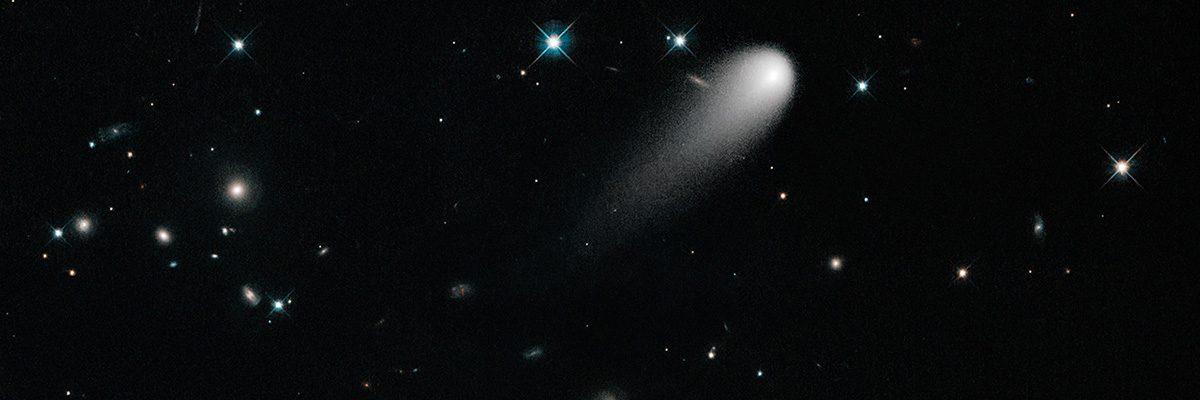Astronomers collect light. That’s all they do. They make it into pictures and scatter plots (and histograms and spectra and tables), but everything they figure out comes from photons with different energies, wavelengths, orientations, origins, and hair colors. In celebration of that fact, it’s Friday Picture Day. The four images below were released this week and show what astronomers are, at this moment, hunched over computers studying.

1. COMET ISON
Credit: NASA, ESA, and the Hubble Heritage Team (STScI/AURA)

Where are you going so fast, space object? You look like a ghost or Kirby.
But you are not. You are a loosely packed ball of dust and ice screaming through space. You are Comet ISON, and the Hubble Space Telescope took this picture of you when you were 363 million miles from the Sun and 402 million miles from Earth.
Oh, you weren’t ready to have your picture taken? You’re not looking your best yet? I’m sorry. I’m sorry I’m not sorry. Hurry up and get closer to the Sun, and we’ll reshoot when the Sun is blowing your gas and dust into tails hundreds of millions of miles long. You’re kind of cute now, but by November, you’ll look like you’ve been doping.

2. EARTH FROM SATURN
That pale blue dot with the not-a-real-thing arrow pointing at it? That’s Earth — from 898 million miles away. The Cassini spacecraft, which is currently researching the hell out of Saturn, took images showing 33 different areas of the ring system. One view happened to include our planet. “Happened to include” — yeah, right. Stop creepin’, Cassini.

3. GALAXY NEIGHBORS
Voila, it’s the Whirlpool Galaxy … and that hanger-on, the galaxy that feels as small as it looks because it is constantly referred to as “the companion galaxy.” It’s called NGC 5195, you guys. Call it by its name. Treat it the way you would want to be treated.
The WIYN telescope at the National Optical Astronomy Observatory’s Kitt Peak facility took this picture in one go because it has a fancy new wide field-of-view camera. That’s “something that even the Hubble Space Telescope cannot do,” the press release said. Not to brag, bro.

4. THE SUN ACTING LIKE THE SERIOUSLY WEIRD THING IT IS
The Sun’s outer atmosphere — the corona — is millions of degrees hotter than its surface — the photosphere. Which doesn’t seem to make sense because heat can’t flow from a colder thing to a hotter thing, but the corona must be getting heat somehow. Astronomers want to learn more about the transition area between the photosphere and the corona.
The Interface Region Imaging Spectrograph (IRIS), which opened its little mechanical eyeballs for the first time July 17, took this image of two sunspot regions (dark patches in the upper left and lower right). The observatory sees three different bands of ultraviolet light and snaps an image every 10 seconds. Through this high-speed, intensive project, scientists are hoping to figure out what the F is going on over there.



